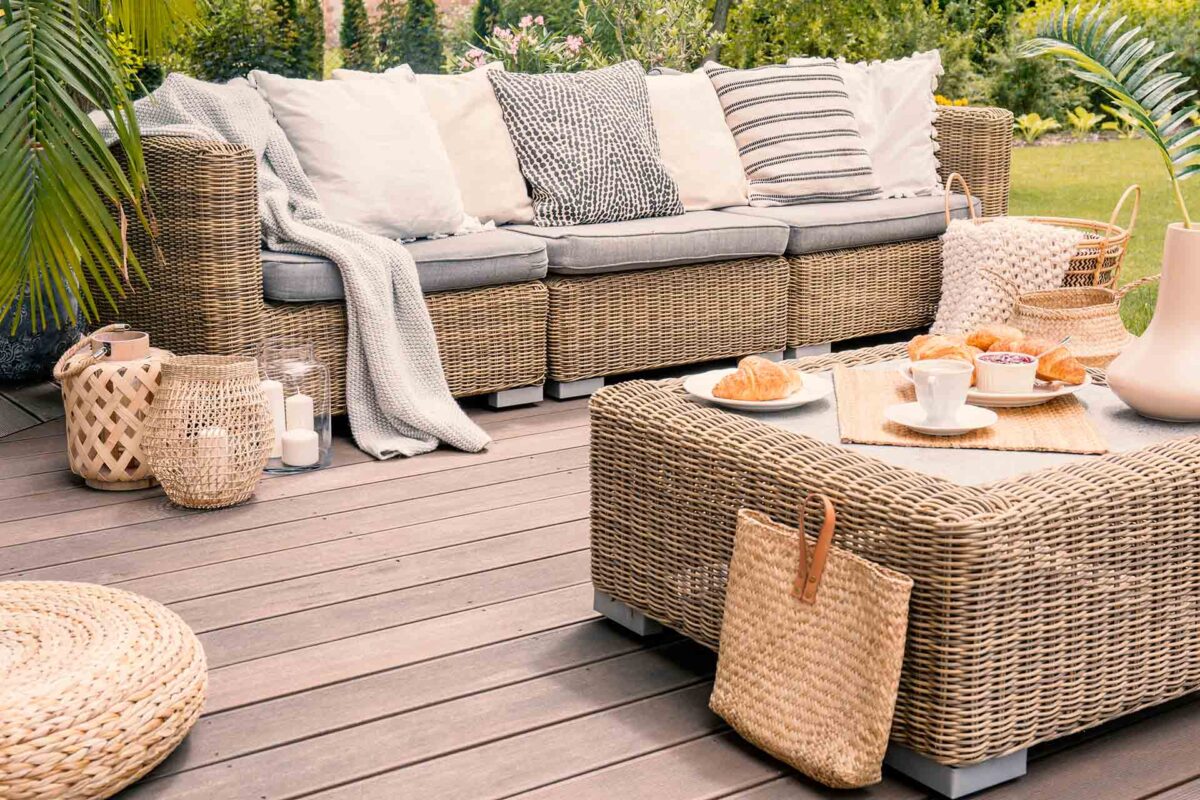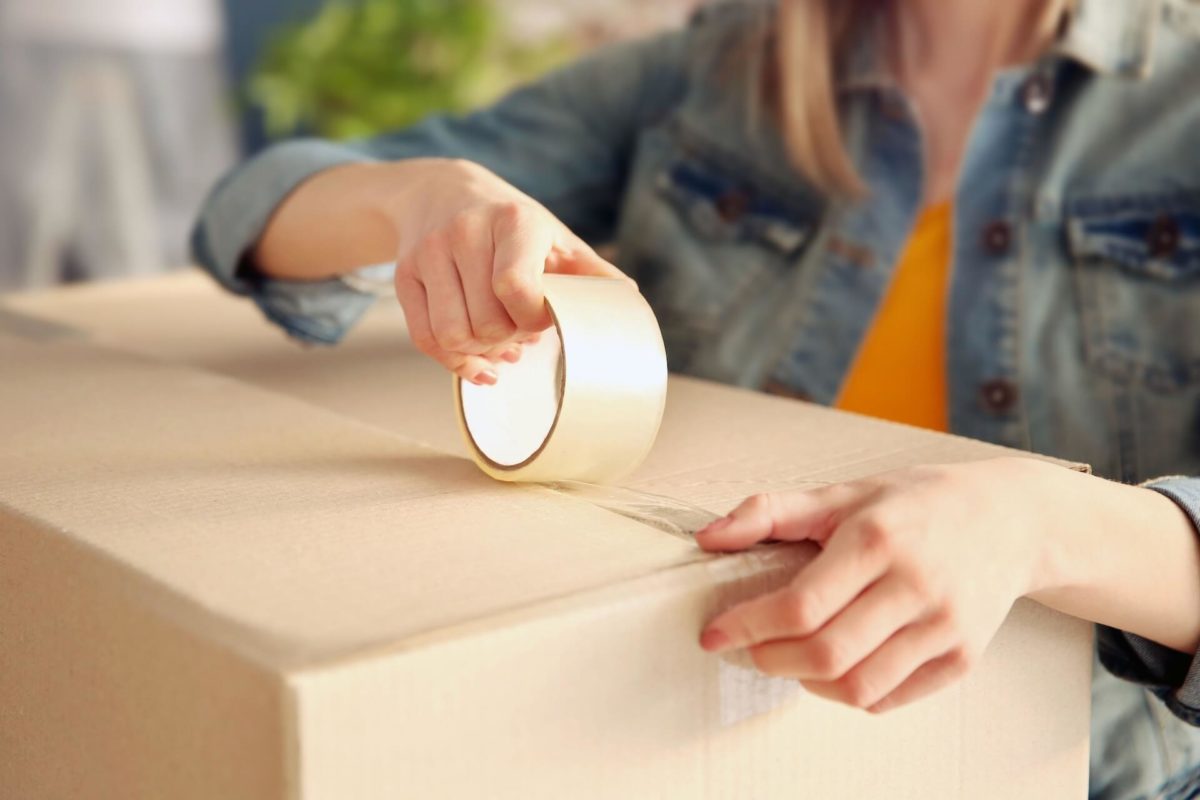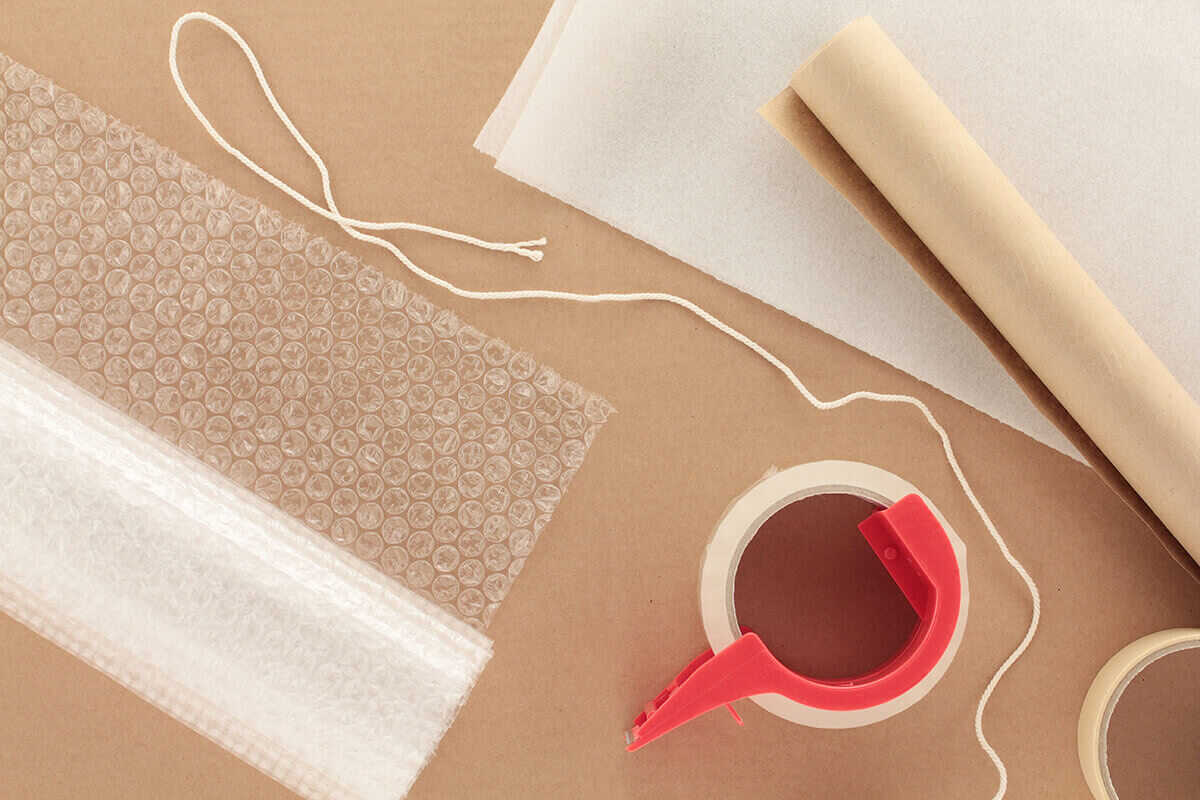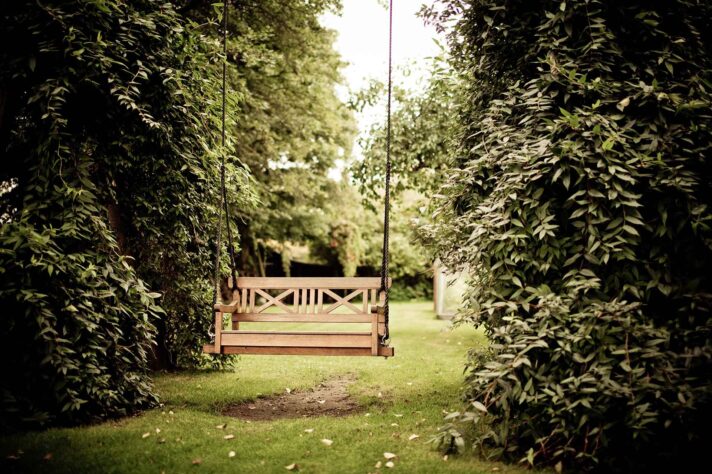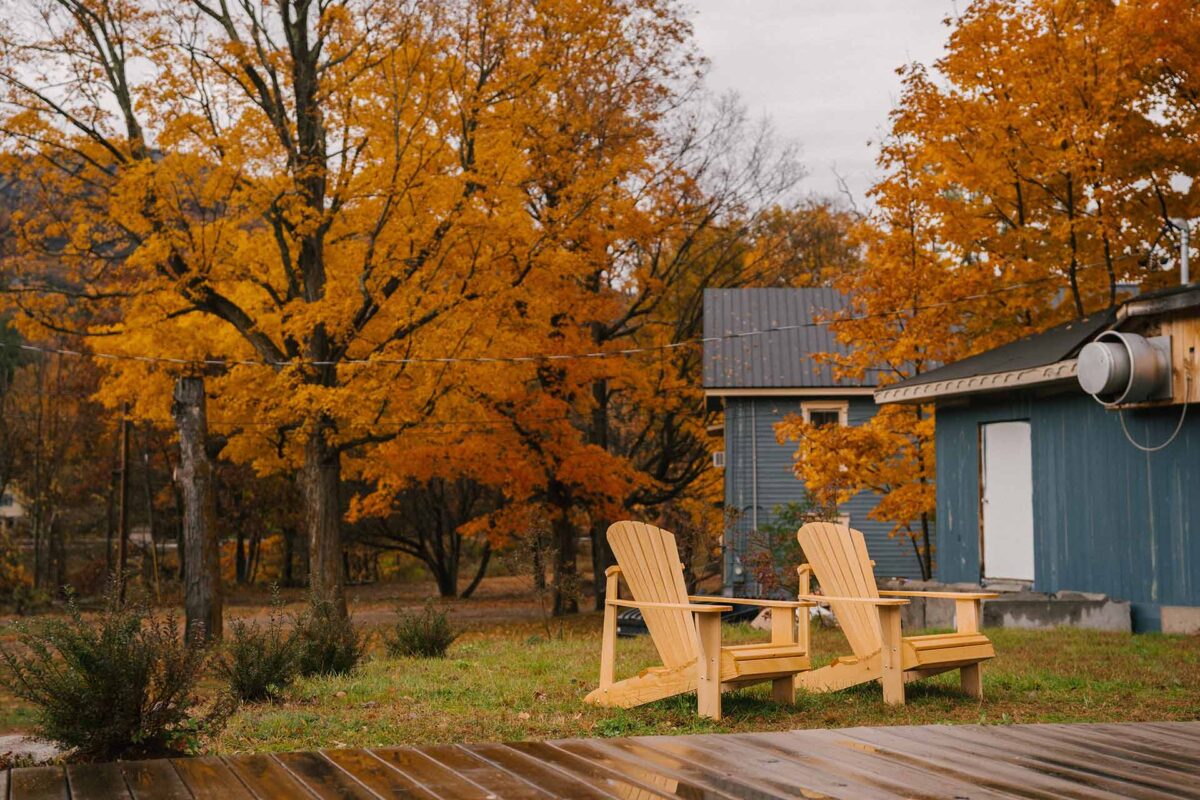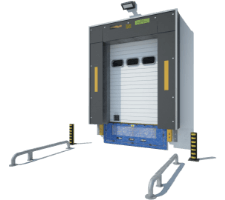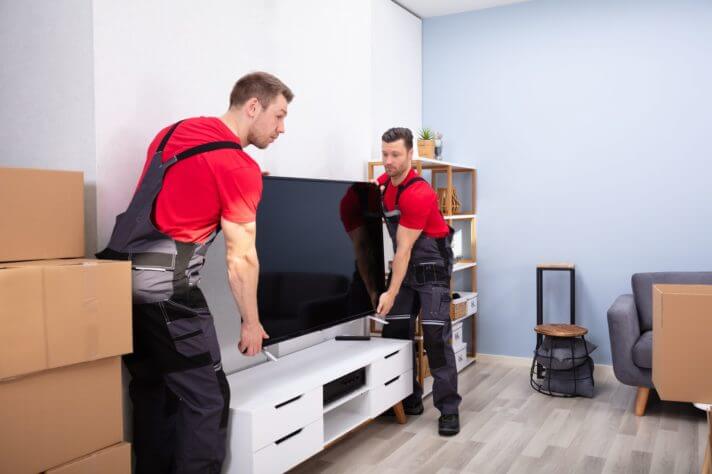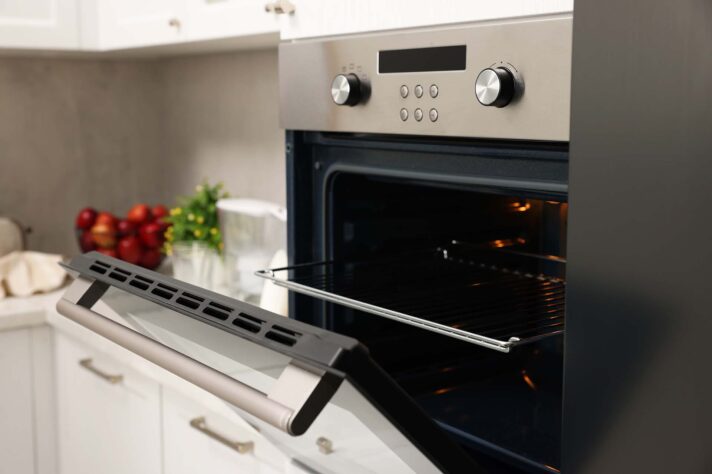Moving cross-country doesn’t have to mean leaving your garden comforts behind. Don’t worry – we will help you learn how to pack garden furniture for moving. Discover the best ways to safeguard your beloved outdoor pieces throughout the transition. Follow these easy steps to make your relocation stress-free and efficient.
Learn with us how to pack garden furniture for moving cross-country How to Pack Garden Furniture for Moving
Efficiently packing demands thorough planning of your relocation to ensure its success. So, when boxing up your furniture for relocation, start by preparing it for the journey to its future home.
This stage involves cleaning and inspecting each item. Followed by disassembling for easy handling, selecting appropriate supplies, securely wrapping each piece, and loading them into the relocation truck. These straightforward practices ensure your possessions are well-protected and ready for their journey.
Explore What Packing Method Is Suitable for Your Garden Furniture
When exploring the suitable packing materials and methods for the relocation of your furniture, it’s crucial to consider the material of each piece. Metal objects, known for their durability, require protection against scratches and rust, often necessitating bubble wrap and waterproof covers. Wooden pieces demand careful handling to prevent chips and moisture damage, making moving blankets and sealable plastic wrap ideal choices.
Plastic, being lightweight and less fragile, still benefits from secure wrapping to avoid scuffs. Wicker, delicate, and prone to warping, requires cushioning materials like foam wrap to maintain its shape. Each material’s unique characteristics dictate a specific wrapping and storing approach, ensuring your garden furniture remains in top condition throughout the transition.
Take Care of Your Cushioning and Marble Surfaces as Well
In addition to the primary materials, outdoor sets often feature cushions and delicate parts, like marble, which need special attention. Cushions are best packed using vacuum bags, significantly reducing their volume and making them easier to transport. This method also offers protection from dirt and moisture.
For marble and other delicate components, it’s crucial to use ample bubble wrap, providing a cushioning layer to absorb shocks and prevent cracks or chips. Incorporating these tailored packaging strategies ensures that every item is safeguarded against the rigors of cross-country relocating.
Choose the best method to ensure a secure and damage-free relocation of your things Don’t Skip on Preparing Your Belongings for Packing
When preparing and getting organized for your boxing-up process, don’t overlook these crucial steps to ensure an efficient relocation. Start by thoroughly cleaning all cushions. Allow them to air dry completely to prevent mold and mildew formation, which can occur if they’re packed while damp.
For the furniture itself, use appropriate cleaners to remove dirt and grime, ensuring each piece is spotless. This is also an excellent opportunity for basic maintenance or repairs. Tighten any loose screws, fix minor cracks, and apply protective coatings if necessary. These preemptive measures not only make your belongings more secure throughout shipping but also extend their lifespan.
Gathering All the Necessary Packing Materials
Ensuring a smooth and stress-free relocation starts with preparing the right packing materials. Moreover, having sufficient quantities of these supplies is key to protecting your items and having a streamlined experience. Here’s a list of different packing materials needed for the safe relocation:
- Bubble wrap – perfect for cushioning and protecting fragile parts and surfaces from scratches.
- Clean paper – ideal for wrapping and protecting smaller components and delicate surfaces.
- Vacuum bags – a space-saving solution for compressing soft items like cushions, preventing moisture and dirt ingress.
- Furniture covers – useful for shielding larger items from dust and damage.
- Moving blankets – provide a thick protective layer for safeguarding against impacts and scratches.
- Sturdy boxes – essential for housing disassembled parts and smaller pieces, ensuring they are secure and easy to handle.
- Duct tape – strong and reliable tape for sealing wrapped items and reinforcing boxes.
- Labels – don’t forget to label your crates for easy identification, organization, and a smooth unpacking process at your new location.
Gather all the necessary materials to ensure a safe and efficient relocation Step-By-Step Guide on Packing Different Types of Garden Furniture
Understanding the correct way to pack different types of furniture is crucial for a successful transition. Doing it right protects your items from damage and simplifies the unpacking process.
While hiring professional cross-country movers can offer expertise and efficiency, it’s also empowering to know how to tackle this task yourself. Let’s dive into the specifics.
Learn How to Wrap Your Chairs Securely
Chairs, with their varying shapes and sizes, require careful wrapping and securing. Start by removing any cushions and storing them separately. If the chairs are foldable, secure them in that position.
For non-foldable chairs, wrap the legs and arms individually with bubble wrap, paying extra attention to delicate areas. Cover the entire object with a moving blanket or furniture cover, ensuring all parts are well-protected. Utilize strong tape to keep the wrapping in place.
Disassemble Your Table if Possible Before You Wrap It Up
Tables often need disassembly before relocating. Remove the legs and any extendable parts, wrapping each part separately in bubble wrap. For glass tabletops, use a generous amount of bubble wrap and consider a layer of corrugated cardboard for added protection.
Secure the wrapped pieces with tape. If the table can’t be disassembled, wrap the entire surface and legs with moving blankets, securing them with tape. Always label the components for easier reassembly at your new home.
Secure Your Loungers and Benches for Transit
Loungers and benches, due to their size and shape, demand a slightly different approach. Begin by removing cushions and packing them in vacuum bags. If the loungers are adjustable, secure them in the closed position. Wrap the entire piece in blankets, making sure every part is covered, and secure it with tape.
For benches, especially those that can’t be disassembled, use a combo of bubble wrap and paper for the legs and arms and relocation blankets for the seating area. Secure the wrapping with tape, ensuring everything stays in place during transit.
Secure your loungers with expert techniques, ensuring they remain intact through the transition Here Are Some Special Storing Considerations for Delicate Items
When packing garden pots and small statues, special care is needed to prevent chips, cracks, or breakages. Begin by filling the pots with bubble wrap or crumpled paper to provide internal support. For statues, wrap each piece individually in soft packing paper, followed by a snug layer of bubble wrap to cushion against shocks.
Use sturdy boxes and place the heaviest items at the bottom, adding extra padding around them for protection. Fill any gaps in the box with foam peanuts or more crumpled paper to stop movement. Seal the boxes securely and label them clearly as “Fragile” to ensure they are handled with care.
Hire a Long-Distance Moving Company for a Smooth Relocation of Your Garden Furniture
Hiring a moving company can significantly ease your relocation. Consider professional cross-country moving services when you have a large volume of things to relocate. Booking their assistance is a great idea when you lack the time and resources to handle the whole process yourself.
When choosing the right company, look for one with top-notch packing services and experience in transporting outdoor furnishings. Check their track record with the Federal Motor Carrier Safety Administration (FMCSA).
Make sure they have enough experience in handling bulky or fragile items and that they offer insurance coverage for your belongings. Moreover, a legitimate company should provide you with a detailed plan for boxing up, loading, transportation, and unloading procedures.
If you are looking for a reliable mover, Cross Country Moving Company offers peace of mind, knowing that your possessions are in expert hands. Our expert crew is here to ensure their smooth and secure transition to your new home.
Look through multiple cross-country moving companies and pick the best one for your needs With Our Long-Distance Movers, Your Relocation Will Be a Dream
Every relocation can take a toll on your well-being if you are not sure what you are doing. That is why it’s important to book a professional cross-country moving service on time and mitigate relocation stress out of this equation.
Cross Country Moving Company has the expertise and knowledge to handle long-distance relocations. Our expert team will make sure that your cherished possessions are handled and transported with utmost care. So, don’t wait any further and contact us today. Let us make your journey as easy as a gentle breeze.
FAQ
What Is the Best Way to Protect Glass Elements of Garden Furniture During a Move?
To protect your glass elements, first wrap them in soft paper, followed by a layer of bubble wrap. Secure the wrapping with tape and place the glass in a box lined with cushioning material.
Fill any empty spaces with foam peanuts to prevent movement. Label the box as “Fragile” to ensure careful handling.
How Should I Pack Cushions and Fabric Elements for Garden Furniture?
Start this process by cleaning and drying your cushions and fabric elements. Use vacuum bags to compress cushions, saving space and protecting them from dirt and moisture. Wrap fabric elements in plastic wrap or place them in sealable plastic bags to prevent any damage.
How Can I Prevent Rust on Metal Garden Furniture During a Move?
To prevent rust from forming on your metal pieces, clean them thoroughly to remove any dirt or moisture. Once dry, apply a coat of rust-protective spray. Wrap the items in plastic wrap or relocation blankets, ensuring all metal parts are covered and sealed from air and moisture.
What Should I Do if My Garden Furniture Is Too Bulky to Move?
If your possessions are too bulky, consider disassembling them into smaller, manageable parts. For items that can’t be disassembled, contact a professional relocation company experienced in handling bulky or heavy objects. They can provide the right equipment and techniques to relocate these items safely.
Can I Leave My Garden Furniture Outside Until Moving Day?
It’s not advisable to leave these items outside until your relocation day. They can easily be exposed to weather elements, dirt, or potential damage. Plan to wrap, secure, and store them in a covered, dry area a few weeks before the big day.
What Are Some Common Mistakes to Avoid When Packing Garden Furniture?
Common mistakes to avoid include not cleaning the items before packing and underestimating the amount of boxing up material needed. Not disassembling items when possible and failing to properly protect fragile parts are also big no-nos. Ensure each item is clean, properly wrapped, and securely packed to avoid these pitfalls.
How to Prepare My Garden Swing for Relocation?
To prepare your garden swing for relocation, start by thoroughly cleaning it to remove dirt and debris. Next, disassemble it as much as possible, removing any detachable parts like cushions, canopies, or chains.
Wrap the individual parts in bubble wrap, especially the more fragile or protruding elements, to protect them during transit. Secure the bubble wrap with duct tape. For larger pieces that can’t be disassembled, use moving blankets or furniture pads to cover them entirely, ensuring all surfaces are protected.
Label the parts and keep screws and hardware in a labeled bag. If the swing is particularly large or complex, consider taking photos before disassembling to aid in reassembly later. This careful preparation will help ensure your valuable item arrives safely at your new location.
